What is Guajillo Chile (Mexican Dried Whole Peppers)
Chile guajillo or guajillo peppers are a dried red chile very popular in traditional Mexican cooking. In this detailed guide I share everything you need to know and how to use this flavorful chili pepper.
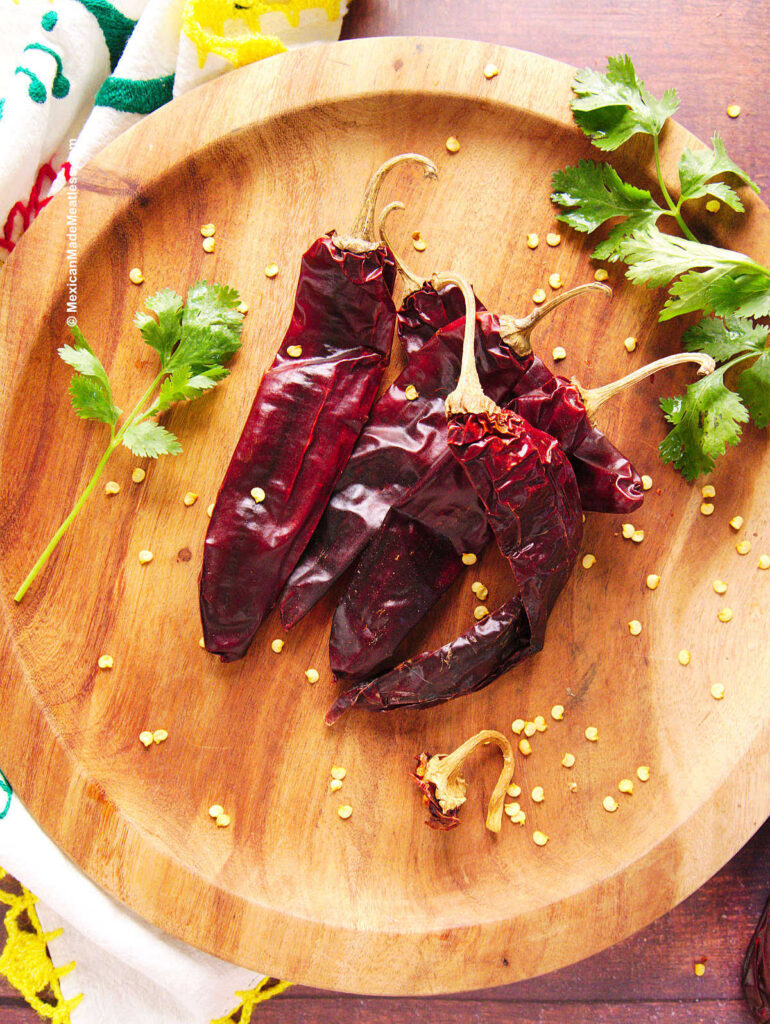
What are Chiles Guajillos
Guajillo chile pepper is one of the most popular and commonly used Mexican chiles – only second to ancho chiles.
Another name of these chile peppers is mirasol chiles or miracielo chile, this is only when they are in their “fresh” stage hanging on the chile plant. The words “mirasol” and “miracielo” mean looking up at the sky.
So what do you call the dried version of mirasol chilies? Guajillo.
Chile guajillo typically measures from 3 to 4 inches in length. In their raw state they are a bright red color with smooth skin. The dried fruit or dried guajillos have leathery skin that’s shinny and has a deep vibrant red color. They also have a slight fruit scent to them.
Due to it’s popularity guajillo is one of the most commonly grown chiles and are widely used chile in authentic Mexican cuisine. Such is their history and popularity that and it’s one of the many varieties that has existed in the country since pre-Hispanic times.
These dried chiles belong to the Capiscum annuum family and are in the mirasol species family. These 3 chili peppers are related peppers often mistaken for one another because their names are interchanged depending on the region of Mexico. But be careful because these peppers each have a different heat level and a unique flavor profile – they also do look different from one another.
- Guajillo guajillo are mild long red chiles and are rich in flavor. Of the three these are the largest variety.
- Chile puya or chile guajillo puya quite resembles the standard guajillo pepper. But puya chilies are smaller and much spicier than standard guajillos. These are sometimes confused with chile de árbol , which are much spicier.
- Chile cascabel resemble little bells and when you shake them you can hear the seeds rattling inside. Flavor wise they are the closest to the standard guajillo chili, but they have a slightly fruiter flavor.
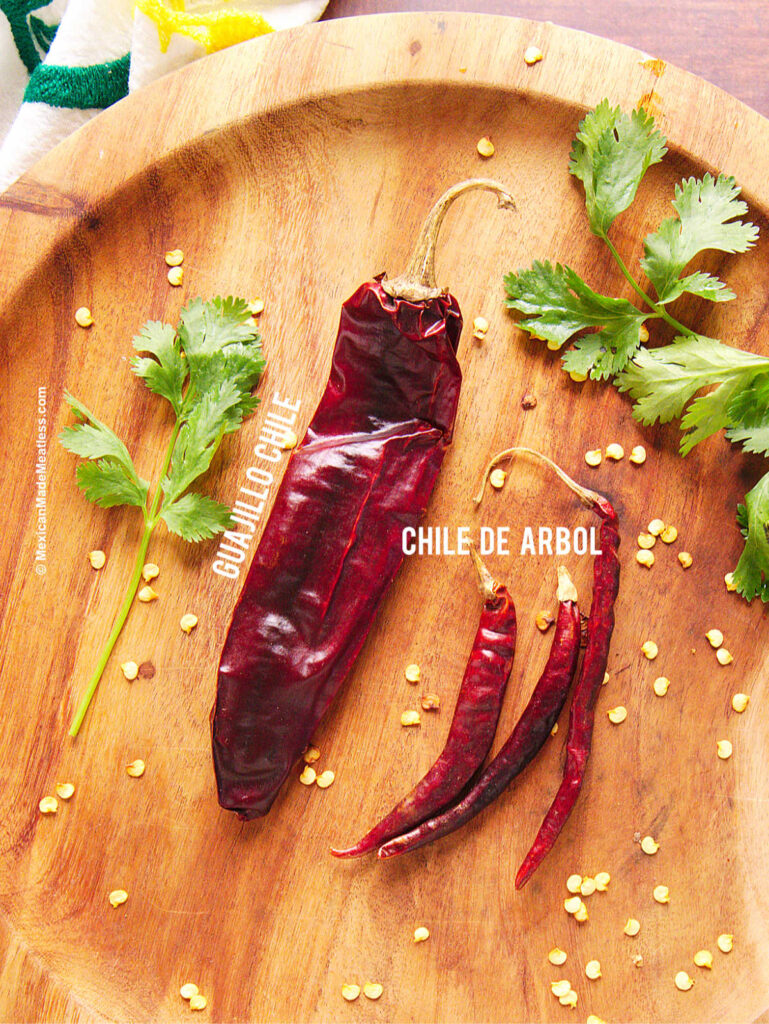
What does Guajillo Chile Taste Like
The chile guajillo flavor is defined as sweet and fruity, simultaneously, but not too hot. They definitely have a unique flavor profile and it’s really no wonder they are so popular in the cuisine of Mexico.
In Mexican gastronomy, chile guajillo is mainly used for its color and unique flavor rather than it’s heat level.

Are Guajillo Peppers Spicy
Like all chiles in Mexico the spiciness of the pepper will depend on the chile variety, the inclusion of the veins and seeds, harvest time, weather conditions and other factors that may even be associated with the type of soil and its nutrients used when growing.
However, we can classify the guajillo pepper’s spice level as low to moderately spicy.
Guajillos have a rating of 2500 y 5000 SHU or Scoville heat units. This means that they are ranked spicier than a poblano and can have the same “sweet heat” of a mild jalapeno pepper.
But don’t be intimidated if you find jalapeño pepper spicy, because the fruity flavor of guajillos really is very mild. If you’re a beginner to Mexican chiles and want a chile pepper with mild heat, then guajillos are a good choice.
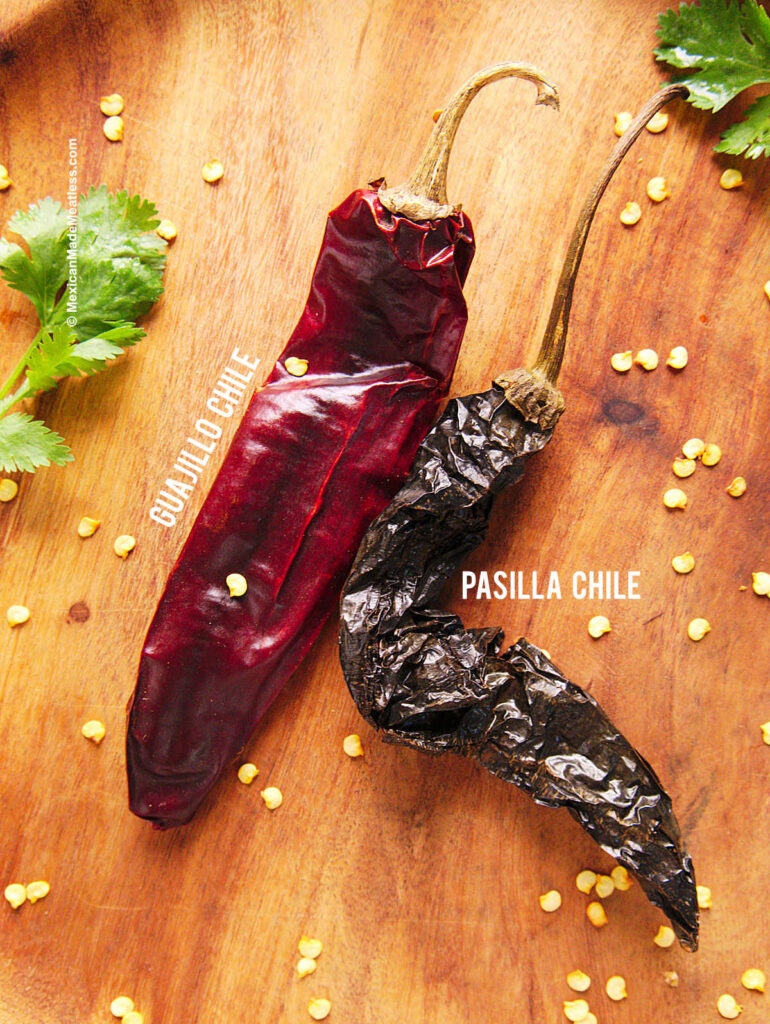
Can You Substitute Any Other Pepper for Guajillos?
Yes, you can substitute guajillos with other chiles.
The best dried guajillo chiles substitutes are ancho peppers, cascabel chilies, pasilla chiles, anaheim peppers, California chiles or New Mexico chiles, or even chipotle for a spicier and smoky flavor.
However I would suggest a blend of 2 or 3 of these different suggestions for achieving a closer result of the intended flavor.
Health Benefits of Guajillo Chilies
Chile guajillo contains iron, vitamins A, B6, & C mainly. It also represents a very powerful dose of natural antioxidants.
The benefits of chile peppers in general are still being investigated by different prestigious universities around the world; but among the reported benefits are anti-inflammatory particularly beneficial for inflammatory disorders, aid in weight loss, aphrodisiac, analgesic or pain relieving properties, to name a few. You can read more about this on my article titled “The Surprising Health Benefits of Eating Spicy Food“.
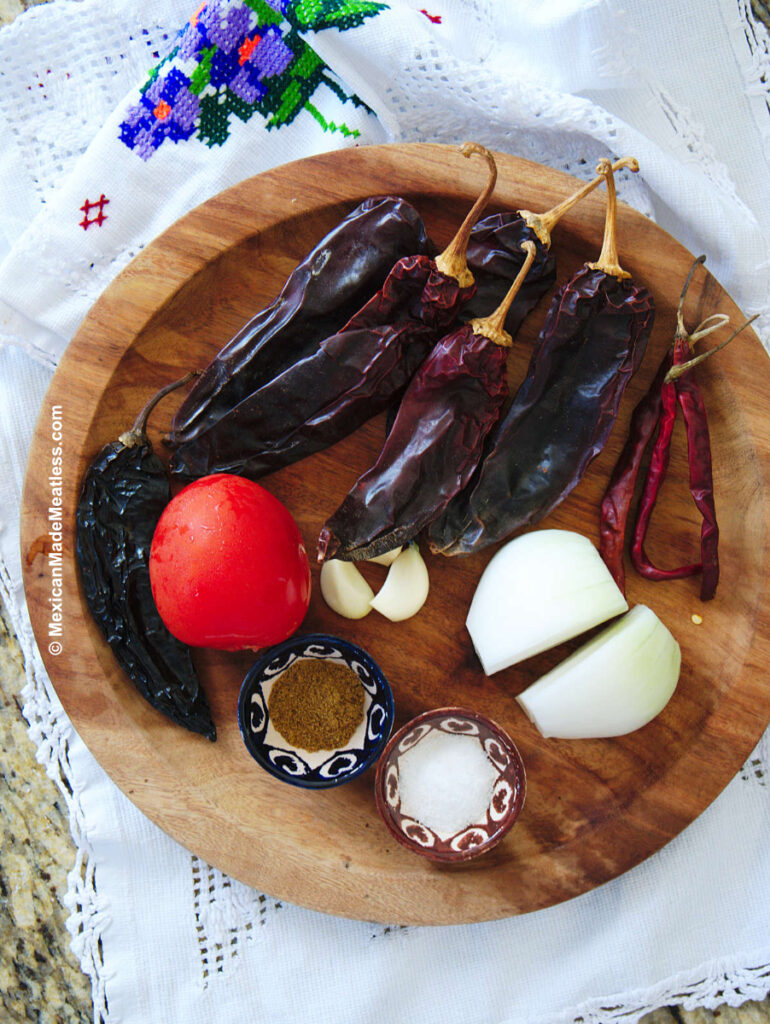
How to Choose The Best Dried Chiles
You can find them at any Mexican markets or also many grocery stores now carry then in the foreign food or spices aisle. There’s also always Amazon too. The packages in Spanish will say “chile guajillo” or “chile guajillo entero”.
Look for the peppers that have a deep reddish color with slight brown tones. Choose ones with a thin, smooth, and shiny skin. They should measure around 3-5 inches long.
Avoid any that look too dry and brittle and aren’t pliable. Also any that have dust or blotches of dry dirt. You also want to avoid ones with small holes because that can indicate insect damage and if any survived they may get out in your pantry and infest your other chiles or flour.
Make sure to read the back of the bag and look for information about where they were grown. Believe it or not, there has recently been Asian cultivated chiles introduced to the market – and they are not the same!
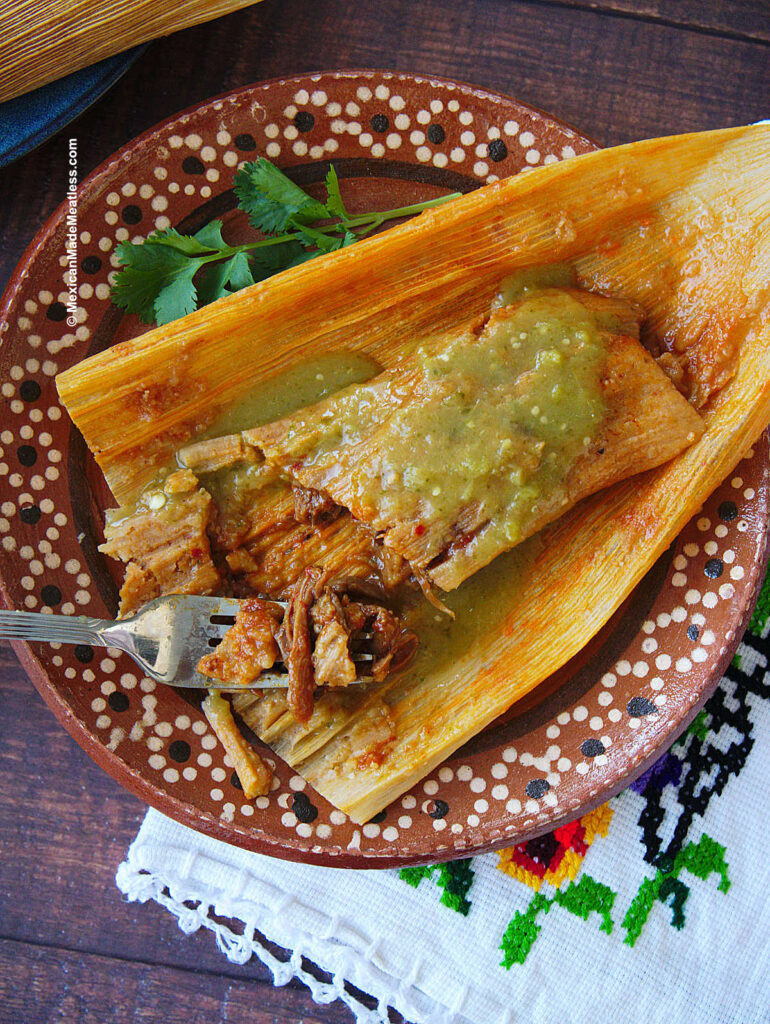
How to Use Them
You can use the guajillo peppers to make all sorts of recipes. It depends if you buy dried guajillos or in chile powder. Typically a Mexican dish will call for the dried chiles but in a pinch you could substitute with guajillo powder.
These chiles are commonly used for making guajillo sauce or salsa to cook many types of meat dishes. Combined with herbs and spices they can make chile sauces for traditional guisados or stews.
Some of the more popular traditional Mexican recipes in which guajillos are used are:
- pozole rojo
- birria
- to marinate the meat for the “tacos al pastor”
- pambazos
- menudo
- to flavor mixiotes
- enchiladas rojas
- enchiladas potosinas
- chilaquiles rojos
- tamales rojos
- fideo seco
- frijoles charros
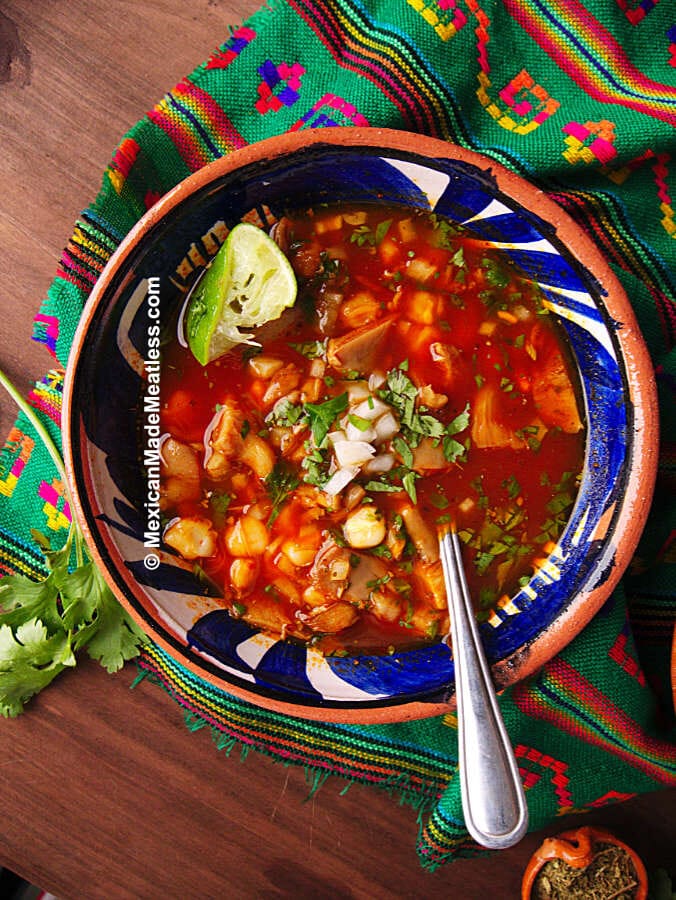
Guajillos are also one of the many ingredients use for making different types of mole sauces. There are countless other traditional Mexican dishes that call for guajillo chiles.
As I mentioned before, it’s a great choice of a chile for beginners and also very useful for giving a natural red coloring to dishes without worrying that your dish will be too spicy.

How To Rehydrate Chile Guajillo
To begin with wipe clean with a damp towel to remove any dust or dirt on the surface.
Next cut the stem off then make an incision all the way up the length of the guajillo pepper.
Remove the pith (or placenta) and all of the seeds.
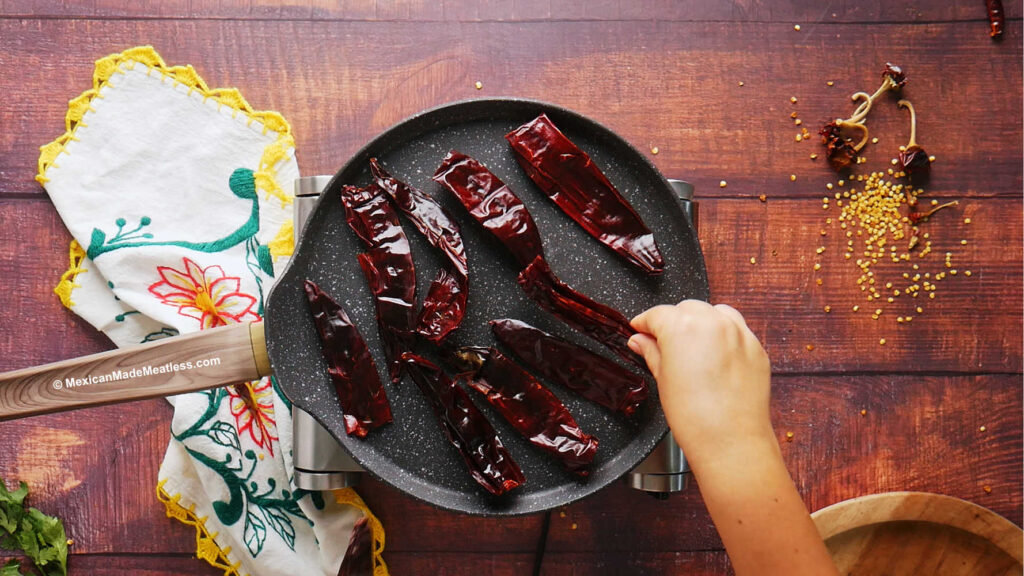
From here you can dry roast on a dry comal or skillet for a couple of minutes. I don’t always do this, it depends on how you’re going to use the chiles. Just keep in mind the dry toasting is done because it’s believed that it draws out the flavor and oils and adds more depth of flavor to the guajillo.
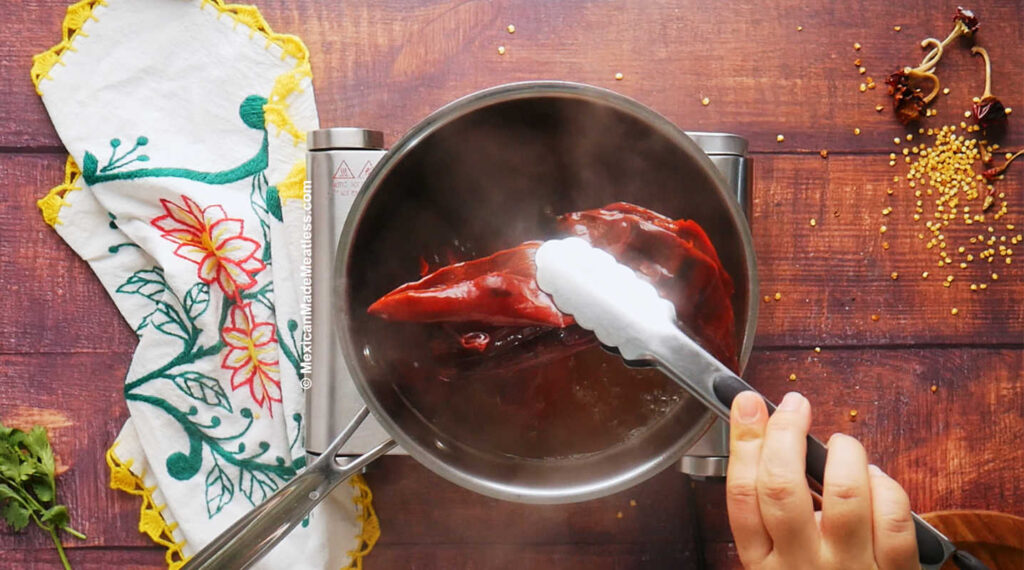
Place the seeded guajillos in a large bowl or inside a pot with boiling hot water. Leave to soak and rehydrate for about 10 minutes or until completely soft and pliable. The color will also become more vibrant.
Another method for hydrating is in the microwave. Place wiped and seeded guajillos in a microwave safe container with plenty of water, and microwave for 3 minutes on high power setting. Carefully remove from the microwave, cover and let sit until fully rehydrated.
Now you’re ready to use as desired.
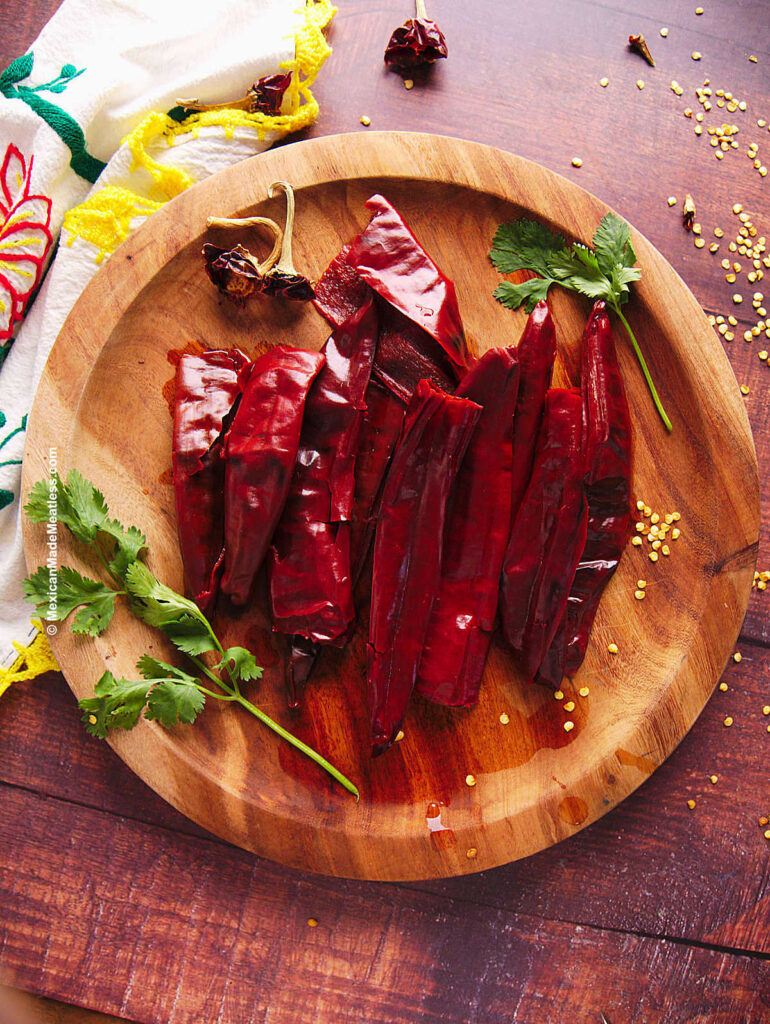
How to Store
To store dried guajillos in dry climates with relatively stable temperatures, place inside large Ziplock bags squeezing out as much air as possible. Store in a cool dark and dry place at room temperature and avoiding any prolonged direct sunlight exposure.
To store dried guajillos in hot and humid climates, first make sure that they are completely dry. Then place them in an airtight container – I use either plastic food storage bins with tight lids or reusable food vacuum sealer bags. Both work great for me being that I live in a very hot and humid place. Make sure to store in a cool place that’s dark and without any humidity nearby.
Once you’ve rehydrated the chiles, and if you’re not using right away, you can store then in the refrigerator.
Another option is to freeze them. You can do this with both the dried and rehydrated guajillos. They’ll keep fresh in the freezer for up to 6 months. Defrost in the refrigerator overnight or on the counter.
How Long do Guajillos Last
Once hydrated and stored in the refrigerator they’ll stay fresh for about 4 days. Rehydrated guajillos that have gone off will have an off smell and an acrid taste.
If storing rehydrated guajillos in the freezer they’ll keep fresh up to 6 months.
Dried guajillos, if harvested, dried and stored properly, can stay fresh for up to 2 years.
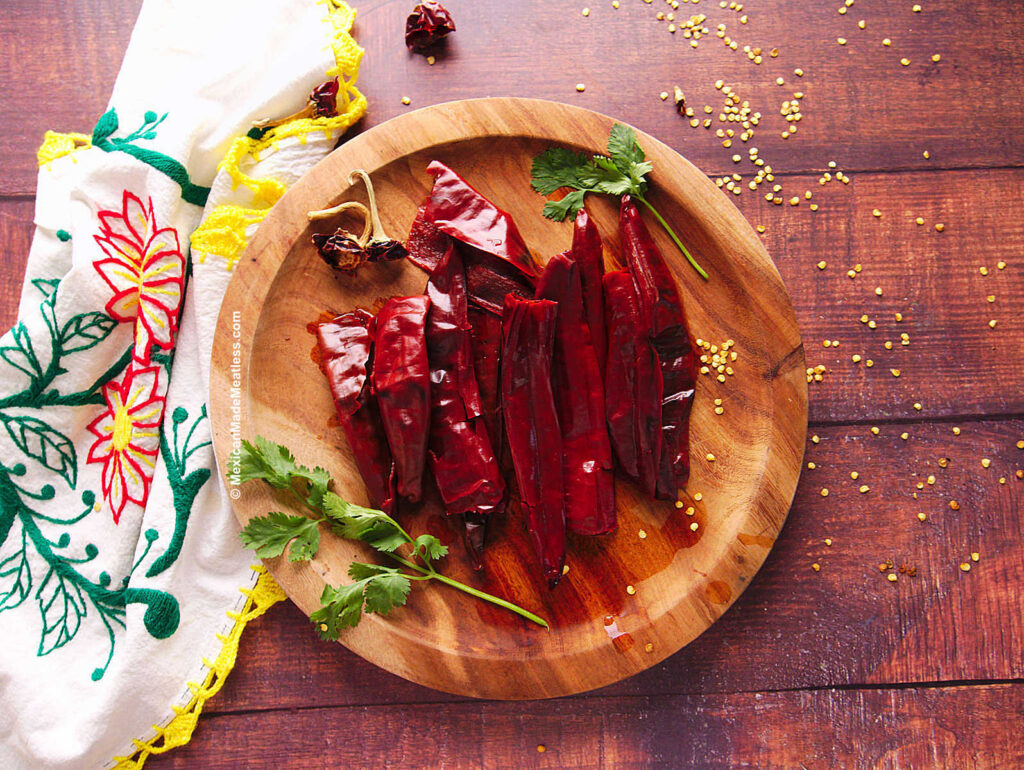
How to Rehydrate Guajillo Chiles
Video
Ingredients
- 10 guajillo chiles
- water for boiling
Instructions
- Heat a comal over medium heat. Bring a small pot of water to a boil. Use a damp kitchen towel to wipe clean all of the chiles. You want to remove any dust or dirt on them.
- Use kitchen sheers to cut off the stem. Cut going up the length of the guajillo and pull it open. Cut or pull away the pith and seeds.
- Place the guajillos on the hot comal and toast for 1 minute on each side. Careful not to burn them. This step is optional.
- Put the toasted guajillo chiles inside the hot water. (Or put them in a bowl and pour the hot water over them.) Allow to sit for 10 to 15 minutes or until soft, pliable and rehydrated.
- You can save a little of the boiling broth for blending and making salsas. Drain and discard excess liquid.
- Now you're ready to use in making salsas or sauces for all of your favorite Mexican dishes.
Nutrition
A special gratitude and recognition to Jorge A. Cordova Garza for co-writing this article.
Nancy Lopez is a food blogger and author of the cookbook Mexican Tamales Made Meatless. Born in Mexico, raised in the US, and currently living in Southern Mexico, she has followed a meatless diet for almost 10 years. It is her passion and mission to share all she has learned about vegan Mexican cooking and vegetarian Mexican recipes. Mexican Made Meatless is a blog dedicated to preserving the authentic flavors of Mexican cuisine just without the meat. It’s a place to celebrate Mexican culture and all it’s delightfully delicious traditional foods. Read more…

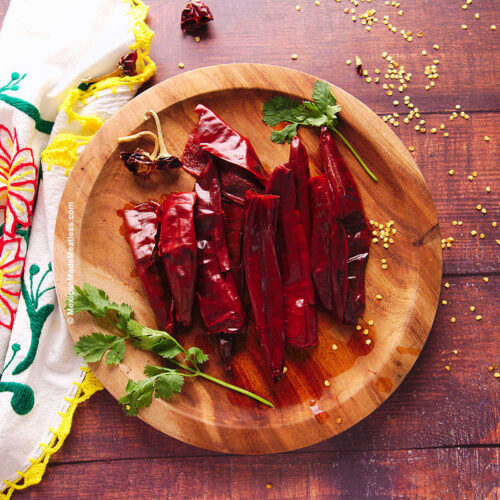

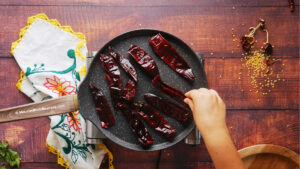

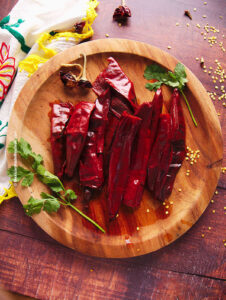
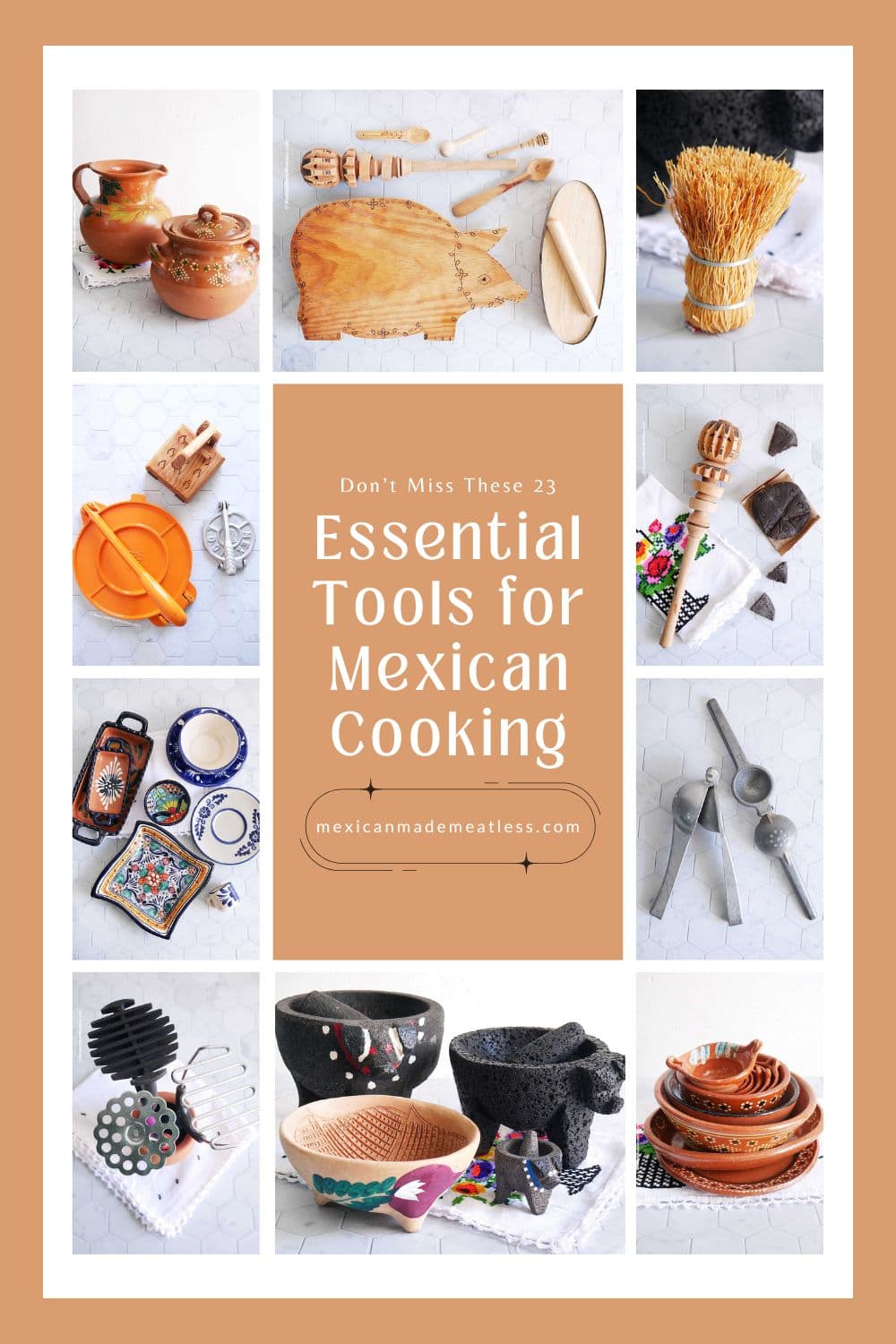
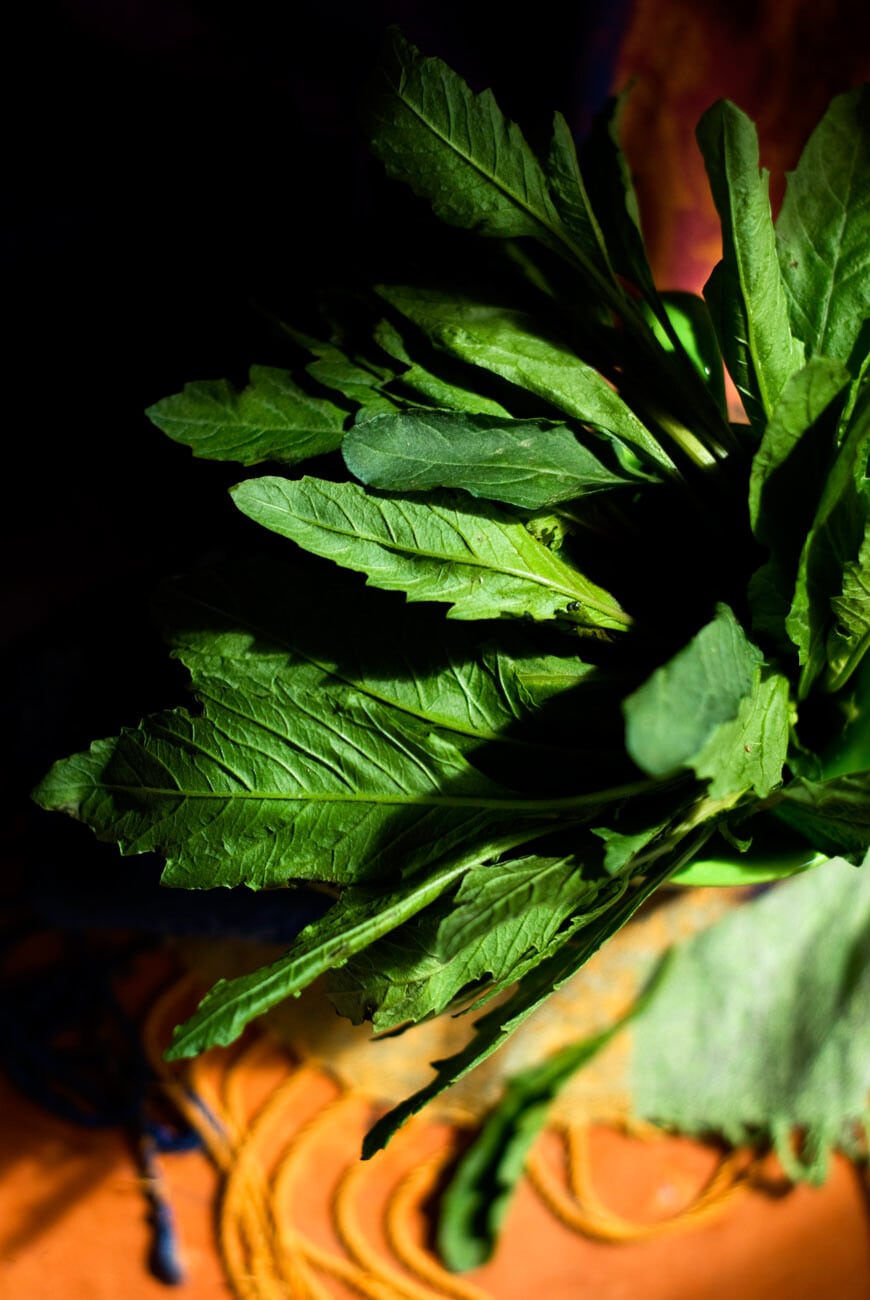
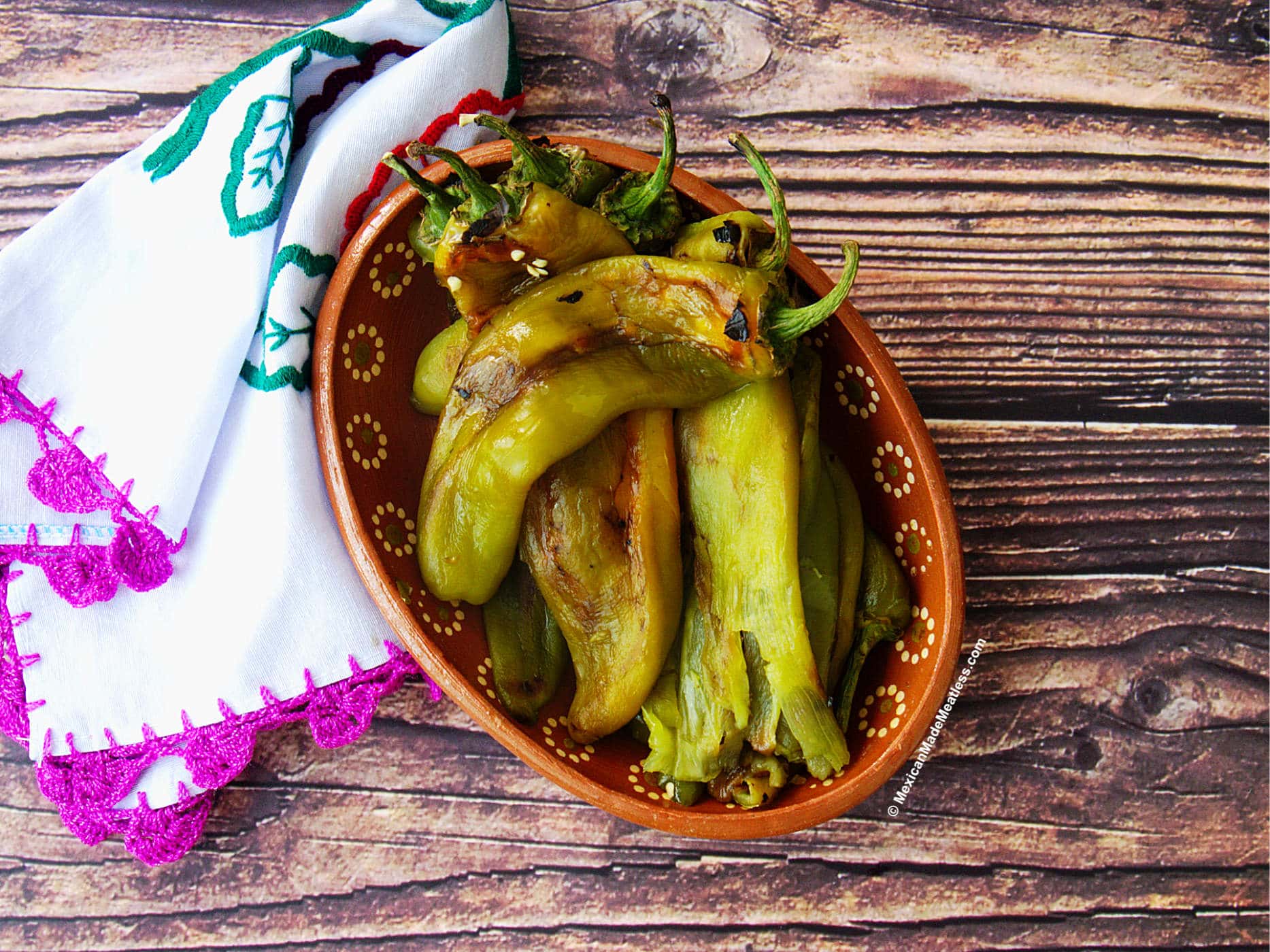
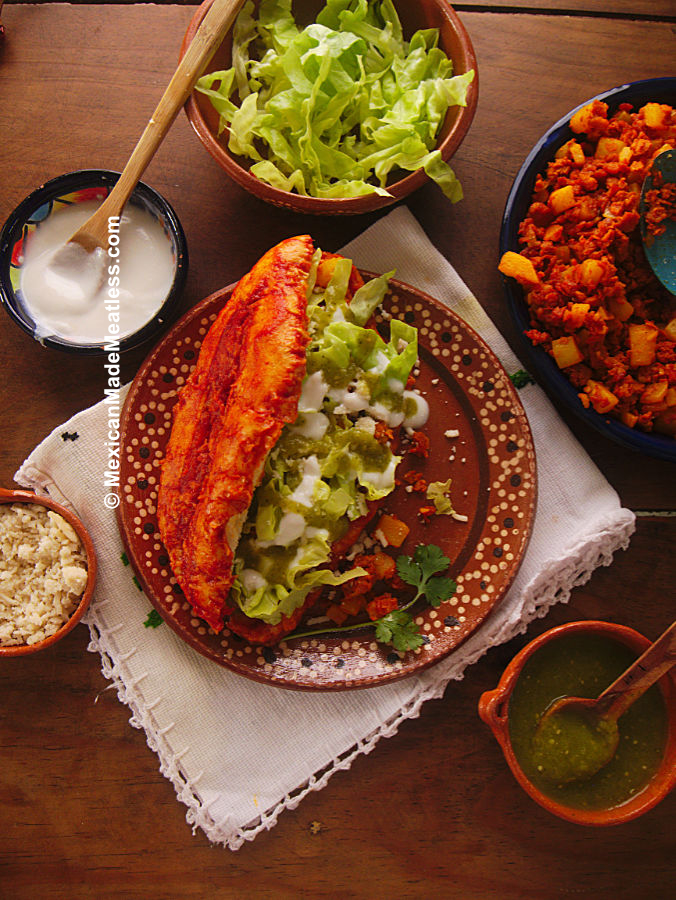
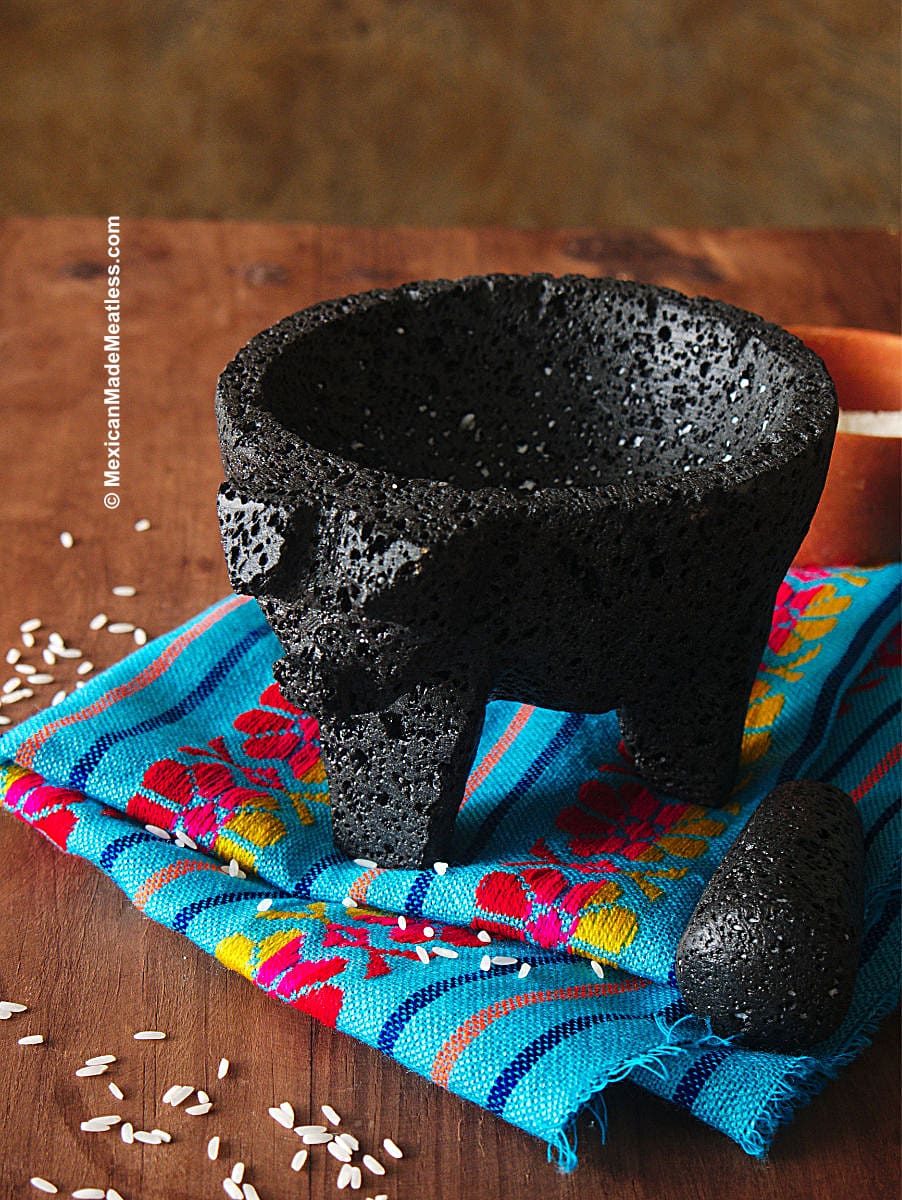
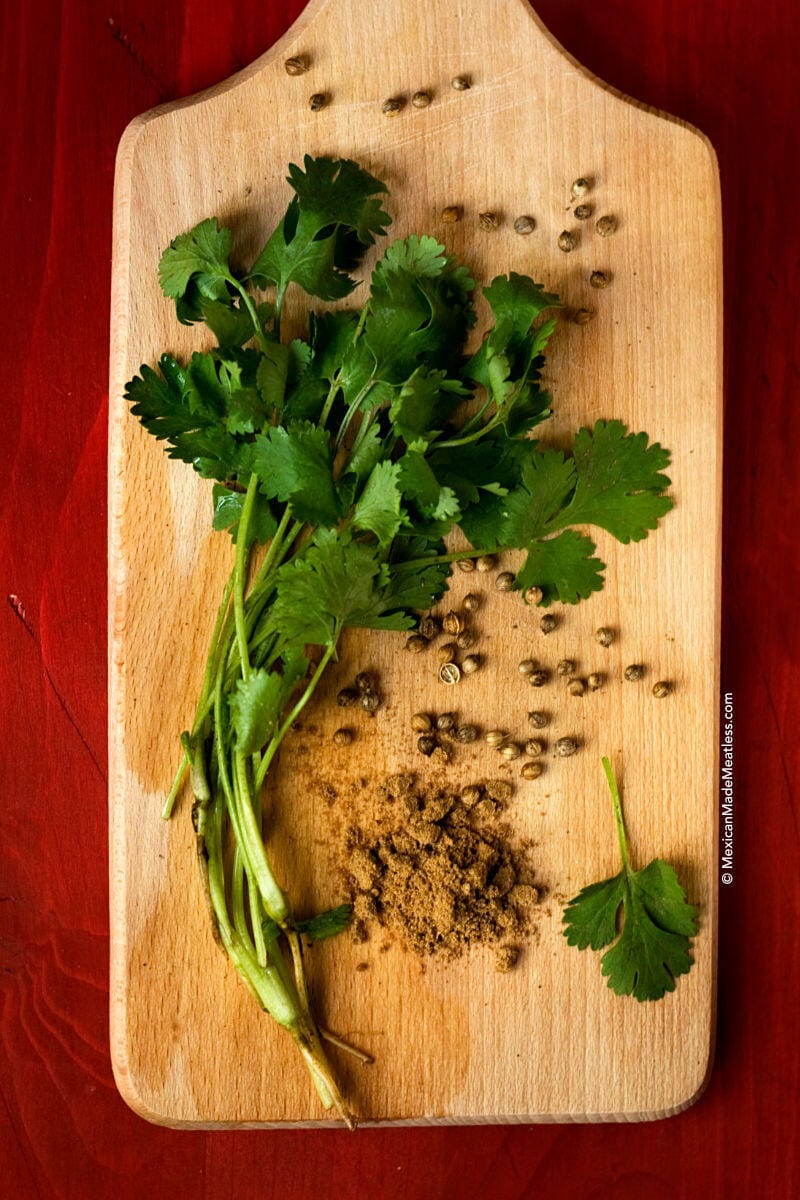
Can I use Colorado chilies if I don’t have guajillos? For making enchiladas.
Yes in a pinch you can swap them. Enjoy and be sure to check out the new enchiladas recipe I just posted.